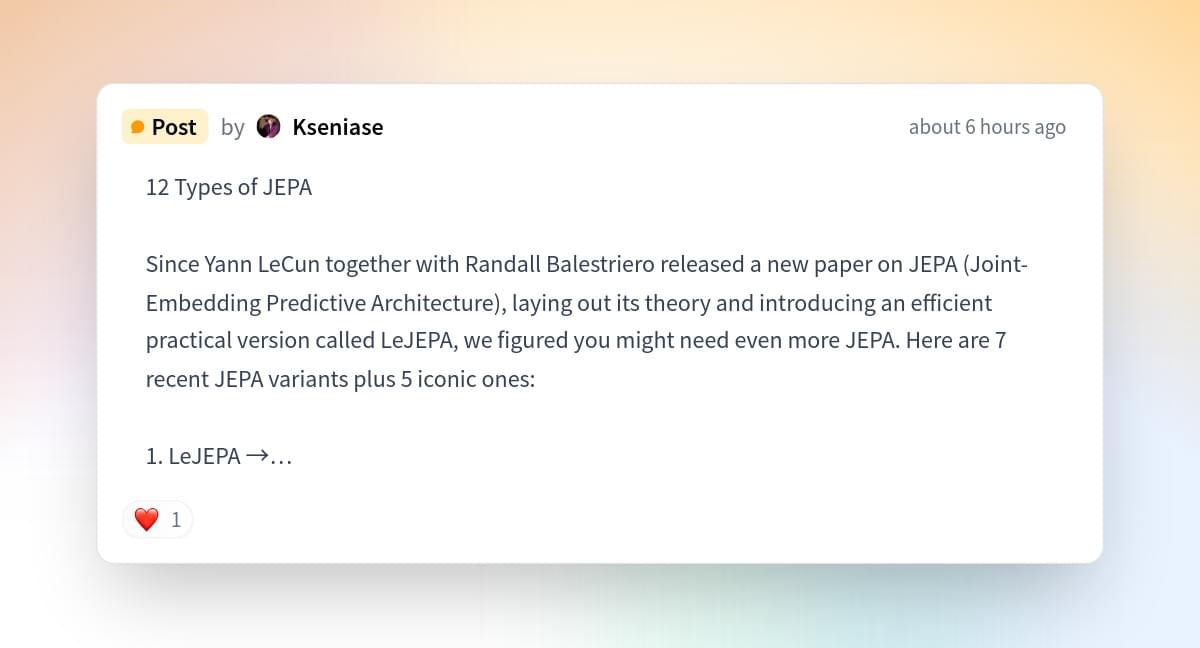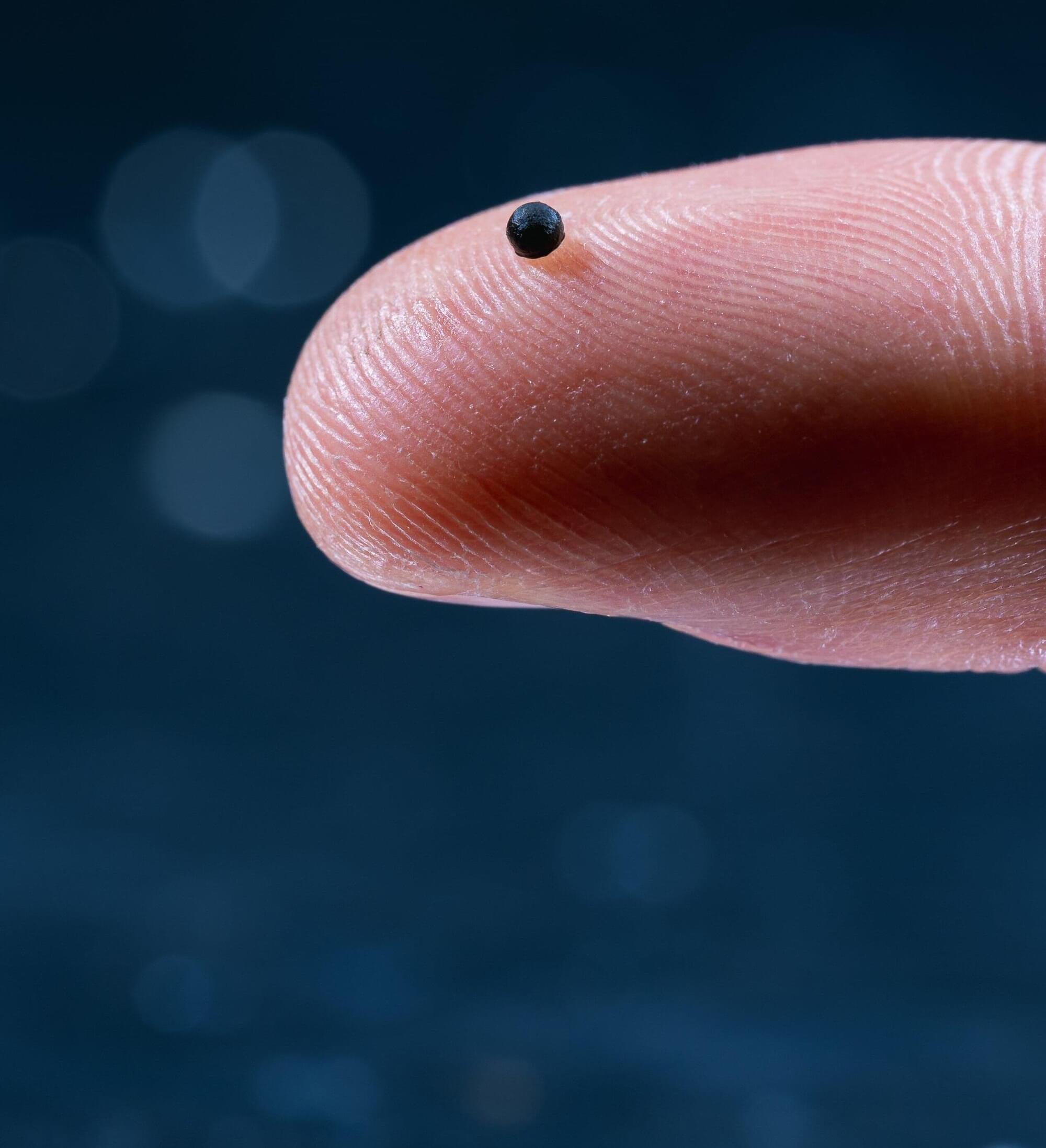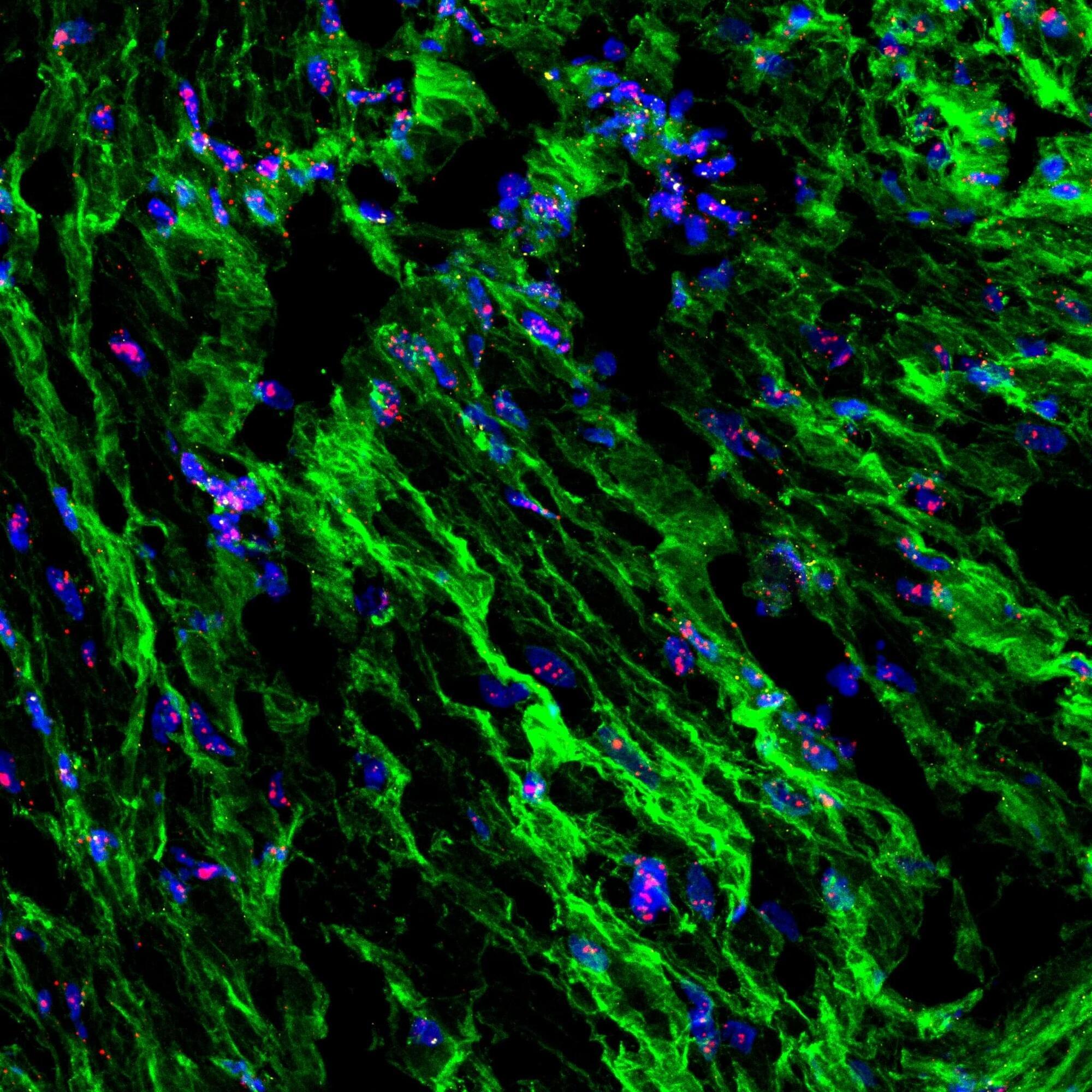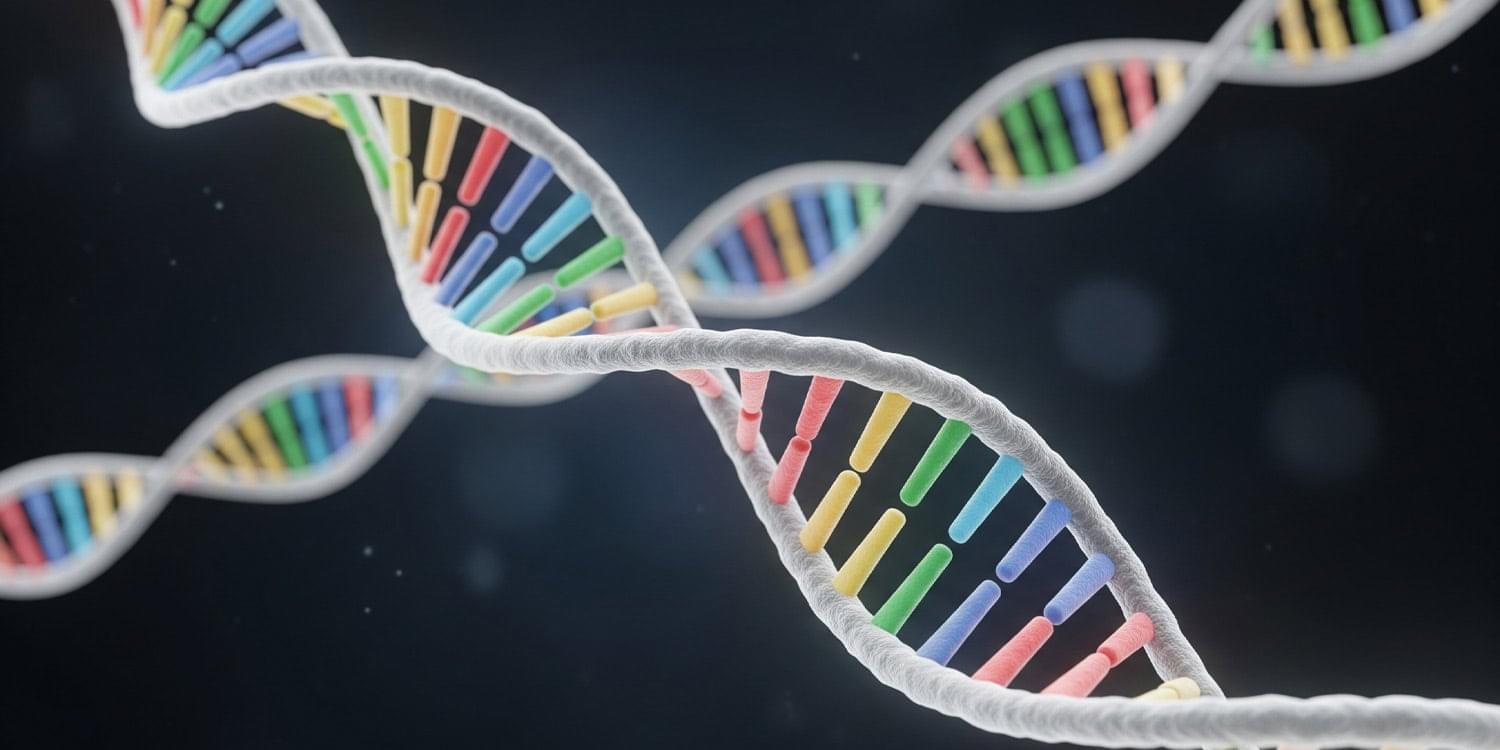We’re on a journey to advance and democratize artificial intelligence through open source and open science.



Every year, 12 million people worldwide suffer a stroke; many die or are permanently impaired. Currently, drugs are administered to dissolve the thrombus that blocks the blood vessel. These drugs spread throughout the entire body, meaning a high dose must be administered to ensure that the necessary amount reaches the thrombus. This can cause serious side effects, such as internal bleeding.
Since medicines are often only needed in specific areas of the body, medical research has long been searching for a way to use microrobots to deliver pharmaceuticals to where they need to be: in the case of a stroke, directly to the stroke-related thrombus.
Now, a team of researchers at ETH Zurich has made major breakthroughs on several levels. They have published their findings in Science.

Soft drink consumption is linked to an increased risk of major depressive disorder and greater depressive symptom severity, mediated by changes in gut microbiota, particularly Eggerthella abundance.
Question Is soft drink consumption related to depression diagnosis and severity, and is this association mediated by gut microbiome alteration?
Findings In this cohort study, soft drink consumption was significantly associated with diagnosis of major depressive disorder, as well as depression severity, across a single-study cohort of 932 clinically diagnosed patients and healthy controls. This association was significantly mediated by Eggerthela abundance in female patients and controls.
Meaning Education, prevention strategies, and policies aiming to reduce soft drink consumption are urgently required to mitigate depressive symptoms; in addition, interventions for depression targeting the microbiome composition appear promising.

When labor begins, the uterus must coordinate rhythmic, well-timed contractions to deliver the baby safely. While hormones such as progesterone and oxytocin are key contributors to that process, scientists have long suspected that physical forces—in this case, the stretching and pressure that accompany pregnancy and delivery—also play a role.
Now, a new study from Scripps Research published in Science, reveals how the uterus senses and responds to those forces at a molecular level. The findings could help scientists better understand the biological roots of conditions such as stalled labor and preterm birth, guiding future efforts to develop treatments that improve maternal care.
“As the fetus grows, the uterus expands dramatically, and those physical forces reach their peak during delivery,” says senior author Ardem Patapoutian, a Howard Hughes Medical Institute Investigator and the Presidential Endowed Chair in Neurobiology at Scripps Research.


A new study is providing a clearer picture of the genetic landscape of major depression, revealing that the disorder may have fundamentally different biological roots depending on the age at which it first appears. The research, published in Nature Genetics, found that depression beginning in adolescence or young adulthood has a stronger genetic basis, is linked to early brain development, and carries a much higher genetic association with suicide attempts compared to depression that starts later in life.
Major depressive disorder is recognized as a clinically diverse condition, meaning its symptoms and course can vary substantially from person to person. Researchers have long suspected that this clinical variability might stem from different underlying causes.
One of the most apparent distinctions among individuals with depression is their age at onset. Depression that emerges early in life is often associated with more severe outcomes, including suicidal behavior, while late-onset depression has been linked more frequently to cognitive decline and cardiovascular problems.
Join us on Patreon! https://www.patreon.com/MichaelLustgartenPhD
Discount Links/Affiliates:
Blood testing (where I get the majority of my labs): https://www.ultalabtests.com/partners/michaellustgarten.
At-Home Metabolomics: https://www.iollo.com?ref=michael-lustgarten.
Use Code: CONQUERAGING At Checkout.
Clearly Filtered Water Filter: https://get.aspr.app/SHoPY
Epigenetic, Telomere Testing: https://trudiagnostic.com/?irclickid=U-s3Ii2r7xyIU-LSYLyQdQ6…M0&irgwc=1
Use Code: CONQUERAGING
NAD+ Quantification: https://www.jinfiniti.com/intracellular-nad-test/

An international research team focused on aging reports that urolithin A at 1,000 mg per day shifted human immune profiles toward a more naive-like, less exhausted CD8+ state and increased fatty acid oxidation capacity, with additional functional gains.
Urolithin A is a metabolite produced by gut bacteria after breaking down ellagic acid from certain foods, such as pomegranates and walnuts. While produced naturally through microbial digestion, it is in much smaller quantities than available as a supplement or used in the study.
Aging bodies face reduced production of mature T cells, shrinking naive T cell pools and chronic low-grade inflammation. Mitochondrial dysfunction and waning autophagy sit at the core of these shifts, with mitophagy failure linked to immune dysregulation and disease.

A Penn-led team has revealed how hydralazine, one of the world’s oldest blood pressure drugs and a mainstay treatment for preeclampsia, works at the molecular level. In doing so, they made a surprising discovery—it can also halt the growth of aggressive brain tumors.
Over the last 70 years, hydralazine has been an indispensable tool in medicine—a front-line defense against life-threatening high blood pressure, especially during pregnancy. But despite its essential role, a fundamental mystery has persisted: No one knows its “mechanism of action”—essentially how it works at a molecular level, which allows for improved efficacy, safety, and what it can treat.
“Hydralazine is one of the earliest vasodilators ever developed, and it’s still a first-line treatment for preeclampsia—a hypertensive disorder that accounts for 5%–15% of maternal deaths worldwide,” says Kyosuke Shishikura, a physician-scientist at the University of Pennsylvania. “It came from a ‘pre-target’ era of drug discovery, when researchers relied on what they saw in patients first and only later tried to explain the biology behind it.”

Japanese researchers are testing a surprising, minimally invasive way to repair spine fractures.
A team at Osaka Metropolitan University found that stem cells from fat tissue can repair breaks similar to those common in people with the bone-weakening disease osteoporosis.
“This simple and effective method can treat even difficult fractures and may accelerate healing,” said study co-leader Dr. Shinji Takahashi, an orthopedic surgeon and clinical lecturer at the university.